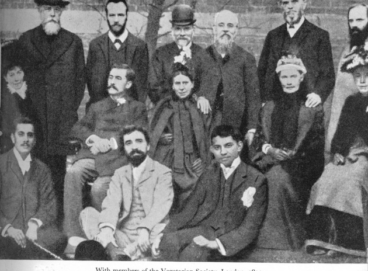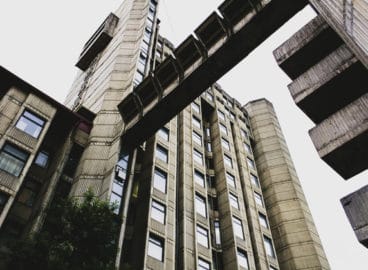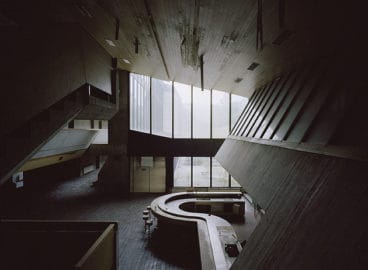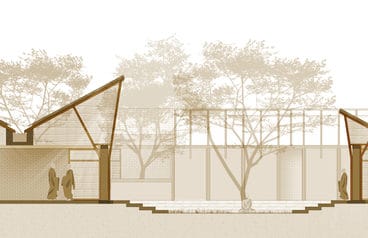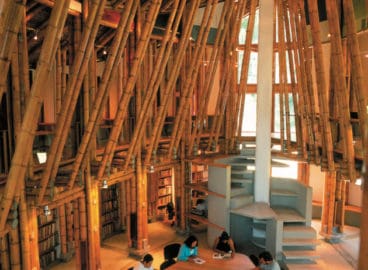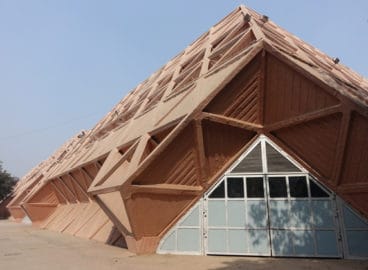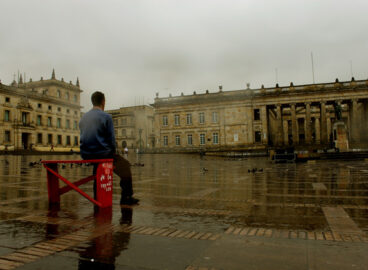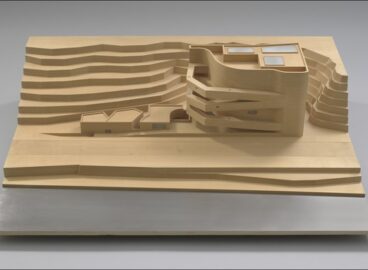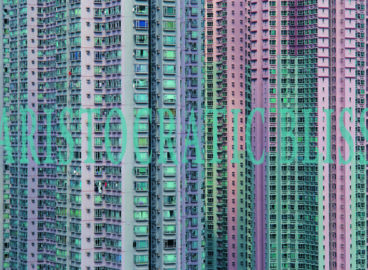Gandhi’s Buildings and the Search for a Spiritual Modernity
Riyaz Tayyibji considers the little-known architectural collaborations of Mahatma Gandhi, charismatic leader of the Indian freedom movement, in light of discourses of modern architecture. Weaving in discussions of phenomenology, material, and a discipline of privacy, the essay explores aspects of Gandhi’s philosophical and political thinking that propose a notion of the modern with an ethical and spiritual underpinning for 20th century architectural practice.
